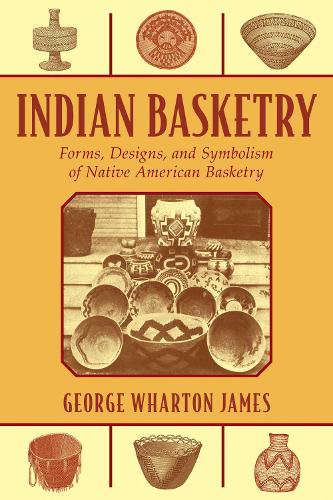
Indian Basketry: Forms, Designs, and Symbolism of Native American Basketry
(Paperback)
Publishing Details
Indian Basketry: Forms, Designs, and Symbolism of Native American Basketry
By (Author) George Wharton James
Skyhorse Publishing
Skyhorse Publishing
4th February 2014
United States
Classifications
General
Non Fiction
746.412
Physical Properties
Paperback
276
Width 152mm, Height 229mm, Spine 20mm
422g
Description
Everything there is to know about traditional Native American basket weaving.
Native American basket weaving is an intricate and powerful art, representative of the legends and ceremonies of the Indian nations and their cultures. George Wharton Jamess Indian Basketry is an invaluable aid for the artist, designer, craftsman, or beginner who wants to recreate authentic and often extinct basket forms and decorative motifs of the Native American peoples.
Filled with 355 illustrations and photographs of Native American basket weavers taken at the turn of the twentieth century, this pioneering studyfirst published in 1901provides in-depth information about specific aspects of Indian basketry, including:
Its role in legend and ceremony
The origins of forms and designs
Materials and colors used
Weaves and stitches
The symbolism and poetry woven into each basket
Preservation
Tips for the collector
And much more!
From Yolo ceremonial baskets to Oraibi sacred trays, Indian Basketry traces the origin, development, and fundamental principles of the basket designs of the major Indian tribes of the southwestern United States and Pacific Coast, along with comments on the basket weaving of a number of other North American tribes.
Author Bio
George Wharton James, born in Lincolnshire, England, in 1858, was ordained as a Methodist minister and came to the United States in 1881, settling first in Nevada, then in California. Following his divorce in 1889, James traveled through Arizona and New Mexico, and eventually wrote over forty books and pamphlets on the American West. James was also a popular lecturer. He died in San Francisco in 1923.
